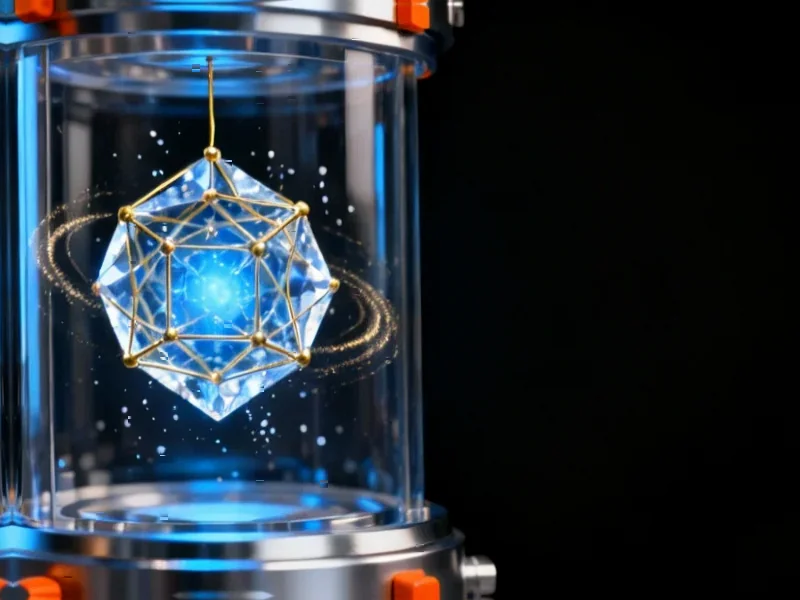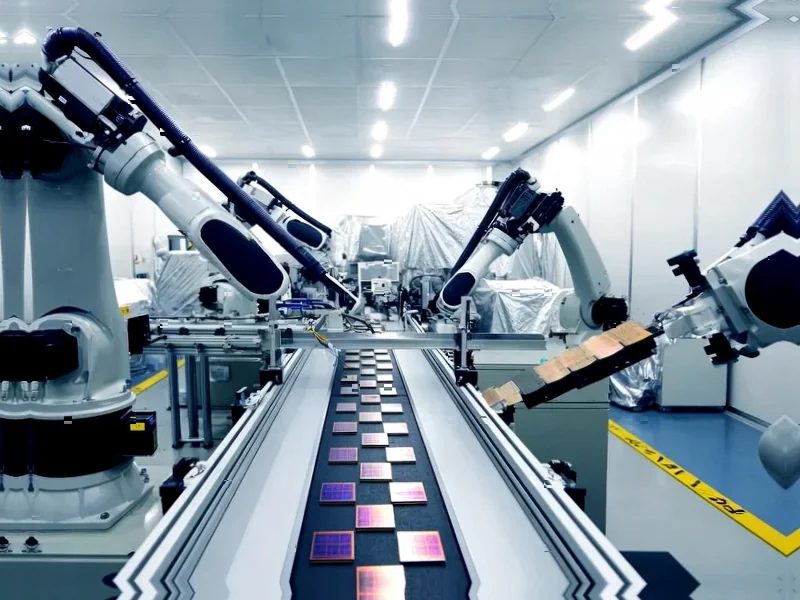According to SciTechDaily, scientists from RIKEN Center for Quantum Computing and Huazhong University of Science and Technology have developed a theoretical model for a “topological quantum battery” that could charge efficiently without losing energy. Their research, published May 6, 2025 in Physical Review Letters, suggests these batteries could have major applications in nanoscale power storage, optical quantum communication, and distributed quantum computing networks. The team found that dissipation – long considered harmful to quantum systems – might actually boost charging power temporarily when it exceeds a critical threshold. They demonstrated near-perfect energy transfer using topological properties of photonic waveguides combined with quantum behavior of two-level atoms. The researchers aim to bridge the gap between theoretical study and practical deployment of quantum energy storage devices.
<h2 id="how-quantum-batteries-work”>Wait, What Even Is a Quantum Battery?
So here’s the thing – quantum batteries aren’t like the AA batteries in your remote. They’re theoretical devices that use quantum effects like superposition and entanglement instead of chemical reactions to store energy. Basically, they exploit the weird rules of quantum mechanics where particles can exist in multiple states simultaneously. The promise? Way faster charging, greater capacity, and more efficient energy transfer than anything we have today.
But there’s a catch. Quantum systems are notoriously fragile. Environmental noise, structural imperfections, and something called decoherence – where quantum systems lose their special properties – have made real-world quantum batteries basically impossible so far. It’s like trying to keep a house of cards standing in a wind tunnel.
The Topology Twist Changes Everything
This new approach uses topology – the mathematical study of properties that don’t change when you deform, stretch, or bend something. Think of a coffee mug and a donut being topologically equivalent because they both have one hole. The researchers used topological photonic waveguides that maintain their properties even when distorted, which solves the photon dispersion problem that plumps regular quantum systems.
And here’s where it gets really interesting. They found that when the charger and battery are placed at the same site, the system becomes immune to dissipation in a specific way. But the real head-scratcher? Dissipation itself can actually give charging power a temporary boost under certain conditions. That’s completely counterintuitive – like discovering that putting holes in a bucket actually helps it hold more water.
So When Do We Get These Magic Batteries?
Look, let’s be real – we’re still talking about theoretical models here. The study, available at Physical Review Letters, represents a conceptual breakthrough rather than a working prototype. But the implications are huge if they can make this work.
We’re talking about potential applications in quantum computing networks where you need reliable micro-power sources, or optical communication systems that could run more efficiently. The researchers themselves say they’re working to “bridge the gap between theoretical study and practical deployment” – which is scientist-speech for “we’ve got the math, now we need to build the thing.”
The fact that they’re finding ways to work with dissipation rather than fighting it could be a game-changer. In the messy real world where energy loss is inevitable, turning a problem into a feature might be exactly what quantum energy storage needs to become practical. It’s still early days, but this could be one of those foundational discoveries that eventually changes how we think about power entirely.




